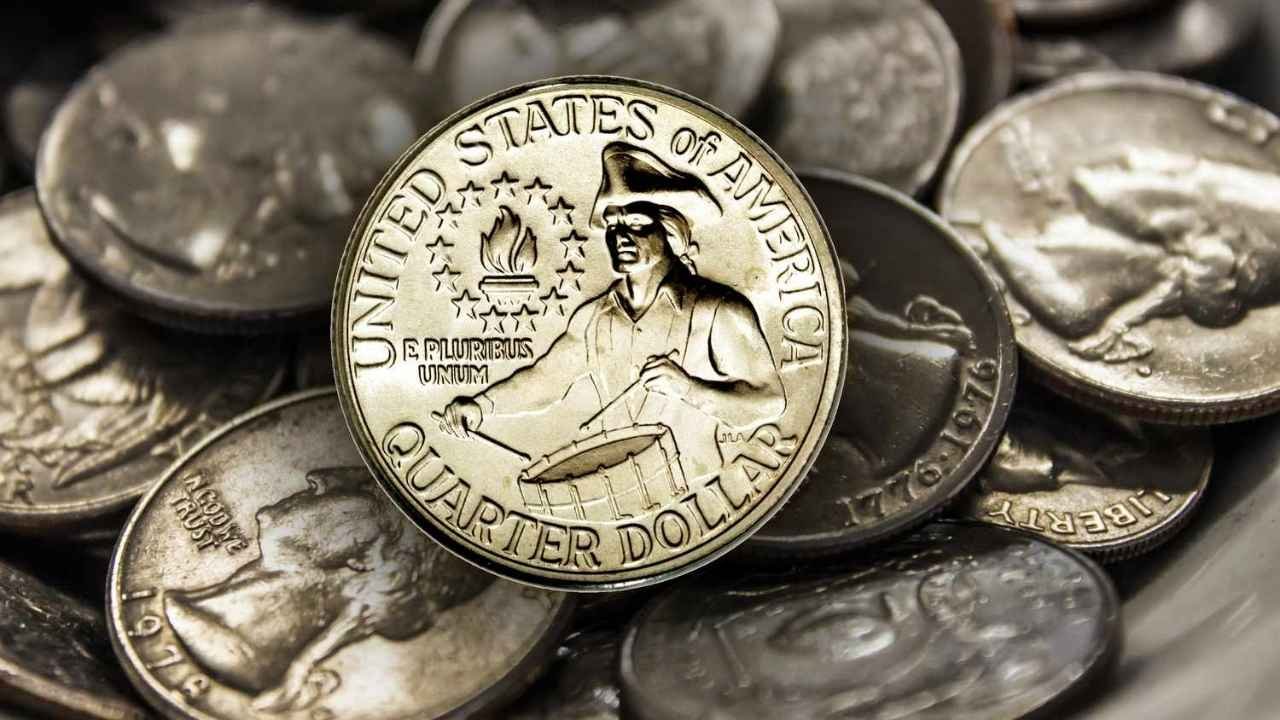A Treasure Hunt in Your Wallet
From 1999 to 2008, the U.S. Mint released the 50 State Quarters Program, putting a unique design for each state on the back of quarters. These coins were made in huge numbers, with over 34 billion produced, but some rare versions with errors or special features can be worth hundreds or even thousands of dollars. You might find one in your pocket change, coin jar, or at a flea market. Checking your quarters could turn a simple 25 cents into a small fortune. Here’s a look at 10 ultra-rare state quarters to watch for, based on recent numismatic reports and auction records.
Errors That Make Quarters Valuable
What makes a state quarter rare? It’s usually minting errors, low production numbers, or special versions like silver proofs. Errors like double dies, where the design looks doubled, or off-center strikes, where the image is misaligned, can boost a coin’s value. Quarters from the San Francisco Mint, marked with an “S,” are often proofs made for collectors and are pricier. Some quarters were even struck on experimental alloys, giving them a unique look and high value. Knowing these traits can help you spot a winner in your change.
Top 10 Rare State Quarters to Find
Here are 10 state quarters that could make you rich if you find them in your pocket:
- 1999-P Delaware Spitting Horse: A die break makes it look like the horse is spitting, worth $5 to $30 in good condition.
- 1999-P Georgia Experimental Alloy: Struck on a gold-tinted Sacagawea planchet, these can fetch $3,000 to $10,000.
- 1999-P Connecticut Experimental Alloy: Heavier with a smooth edge, valued up to $10,500 in top condition.
- 2000-P South Carolina Mule: Has the wrong reverse design, worth $5,000 or more.
- 2001-P New York Missing Layer: Lacks the copper layer, looks silvery, valued at $1,000.
- 2004-D Wisconsin Extra Leaf Low: An extra leaf on the corn stalk, worth $6,000 to $10,000.
- 2004-D Wisconsin Extra Leaf High: Another corn stalk error, valued at $1,000 to $6,000.
- 2005-P Minnesota Doubled Die: Shows an extra spruce tree, worth $50 to $100.
- 2005-P Kansas In God We Rust: A grease error on the motto, valued at $5,000 in top shape.
- 2007-P Wyoming Doubled Die: Doubling on the saddle horn, worth $200 to $500.
How to Spot These Hidden Gems
| Feature | What to Check For |
|---|---|
| Mint Mark | Look for “S,” “P,” or “D” |
| Errors | Double images, extra leaves |
| Edge | Smooth or missing copper layer |
| Condition | Shiny, unworn coins are best |
To find these quarters, use a magnifying glass to check for errors like doubling or extra designs. Look at the mint mark near George Washington’s head: “P” for Philadelphia, “D” for Denver, or “S” for San Francisco. Check the edge for unusual colors or missing copper. Coins in mint condition, with no wear, are worth more. Compare your finds to online guides or coin books for confirmation.
Real Stories of Big Finds
People are still finding these rare quarters in everyday places. A 1999 Georgia quarter on an experimental alloy sold for $10,000 at auction, found in a coin roll. A 2004 Wisconsin Extra Leaf quarter turned up in a vending machine change slot and fetched $6,000. Social media posts on X show collectors sharing tips, though some warn about overhyped claims. These stories prove that valuable quarters are out there, waiting to be discovered in your change.
What to Do With a Rare Quarter
If you find a rare quarter, don’t clean it, as cleaning can ruin its value. Store it in a soft cloth or coin holder and take it to a grading service like PCGS or NGC to verify its condition and authenticity. These services assign a grade, like MS-69 for near-perfect coins, which affects the price. You can sell through coin shops, online platforms like eBay, or auctions like Heritage Auctions. With a sharp eye and a bit of luck, your pocket change could hold a quarter worth thousands, making every coin worth a second look.
